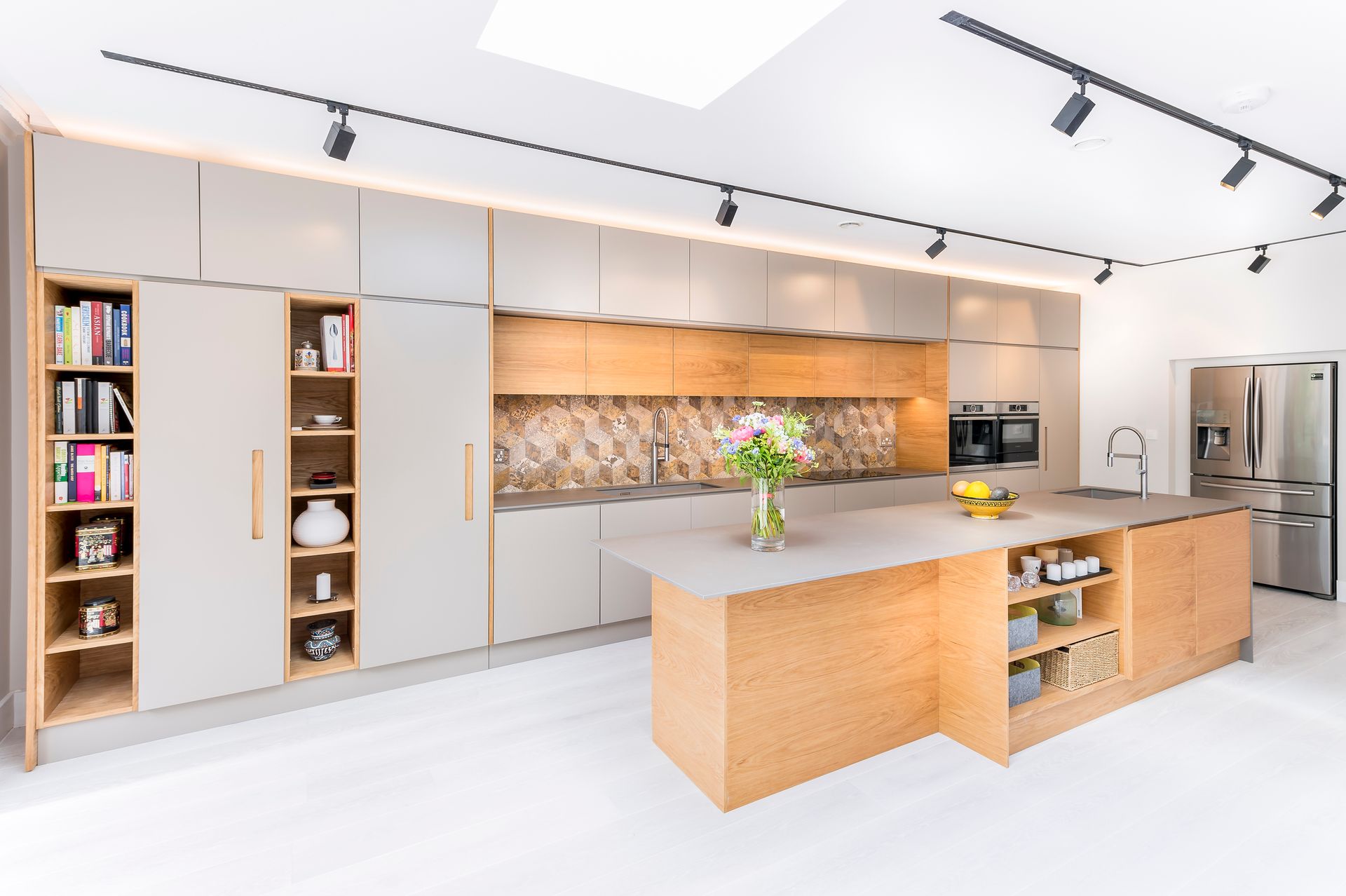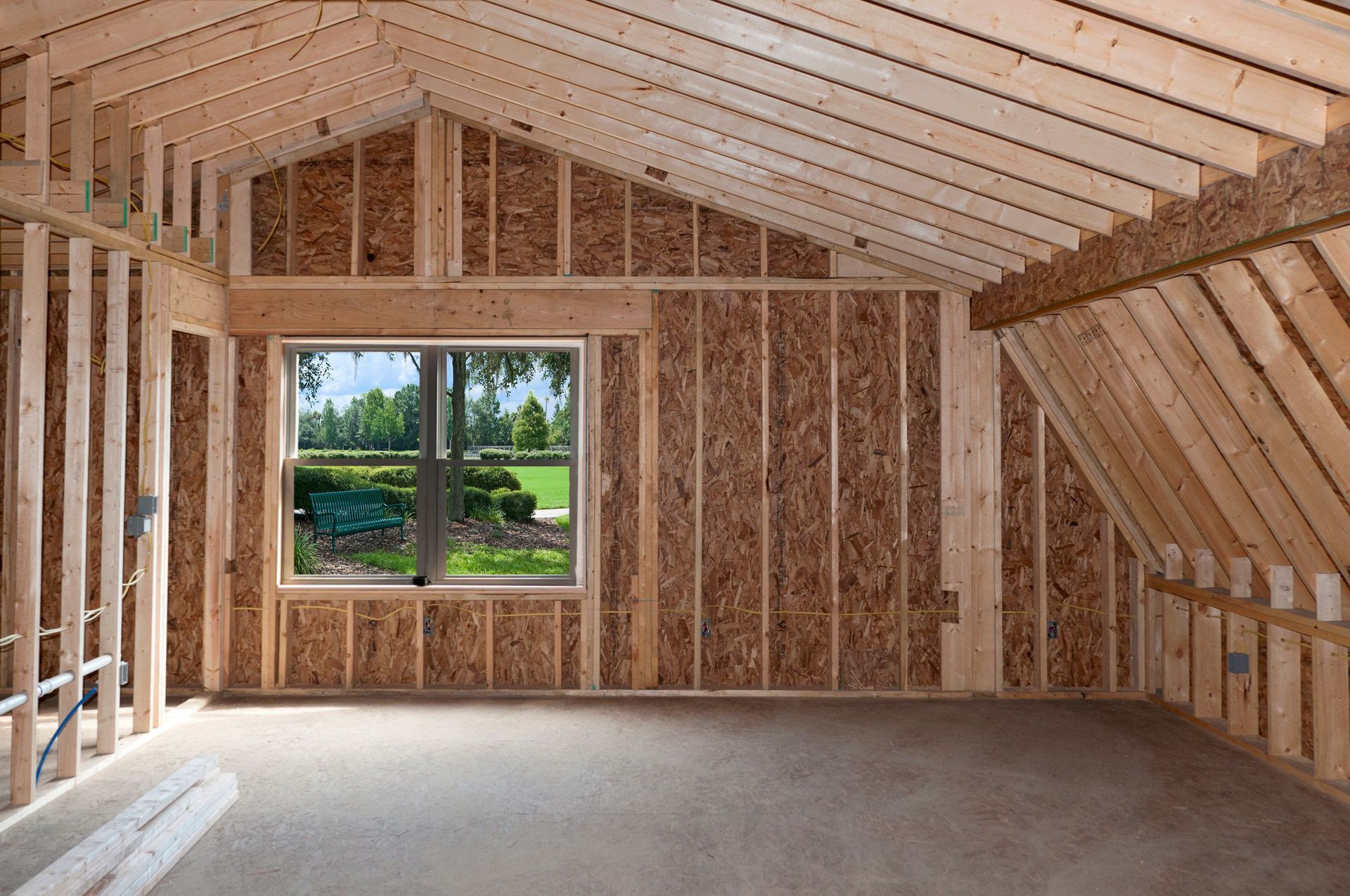Meeting the 2025 Future Homes Standard with Smarter Flooring Solutions
As the UK government prepares to introduce the Future Homes Standard (FHS) in 2025, the construction industry is on the brink of some of its most transformative changes in recent history. Designed to drastically reduce carbon emissions from new homes by 75-80% compared to current regulations, the FHS is an ambitious initiative aimed at future-proofing housing by significantly boosting energy efficiency and mandating low-carbon heating solutions. For those involved in building design and construction, including specialist services like floor screeding, this shift presents both challenges and considerable opportunities.

The Critical Role of Floor Screeding in Energy Efficiency
At the heart of achieving the FHS requirements is improved fabric performance. This means new homes must have enhanced airtightness, reduced thermal bridging, and much higher standards of insulation for walls, roofs, and floors. Floors are a crucial component of the home’s thermal envelope, and the materials used within them, including screed, play a defining role in overall energy performance.
This is where modern liquid screeds come to the fore. Unlike traditional sand and cement screeds, liquid screeds offer superior application properties, allowing them to form smooth, uniform surfaces that are free from air pockets and imperfections. Their compatibility with underfloor heating (UFH) systems means they can be engineered to optimise thermal conductivity, enabling more effective heat transfer and retention.
By using advanced liquid screeds, such as those Clockwork Screed provides, floors contribute to the building’s overall insulation and thermal mass. This means that heat generated within the home is better distributed and stored, helping maintain comfortable temperatures with less reliance on energy-hungry heating systems. The result is a direct contribution to the FHS goals of lower carbon emissions and improved energy efficiency.

Adapting Screed Solutions for Low-Carbon Heating Technologies
A major aspect of the Future Homes Standard is the move away from gas boilers towards low-carbon heating alternatives, including air source heat pumps (ASHPs), ground source heat pumps (GSHPs), and other renewable technologies. These systems typically operate at lower water temperatures than traditional boilers, which means the flooring solutions they work with need to have excellent thermal responsiveness to perform efficiently.
Optimised liquid screeds are perfectly suited to this need. Formulated for fast drying and with high thermal conductivity, they provide an ideal substrate for UFH systems operating at these lower temperatures. This helps maximise the heat output and comfort experienced by occupants while minimising running costs and environmental impact.
More than just a passive layer, the screed is an active part of the heat delivery system. Its ability to evenly distribute warmth and store heat after the heating is switched off means homes built to FHS standards can maintain steady, energy-efficient temperatures throughout the day and night. This synergy between screed technology and low-carbon heating systems is a cornerstone of the construction industry's response to changing regulatory and environmental demands.

Sustainable Construction Practices Meet Screeding Innovation
Beyond thermal efficiency and heating compatibility, the Future Homes Standard also reflects a wider push for sustainability in construction methods and materials. To truly deliver on carbon reduction targets, the industry must minimise waste and reduce emissions associated with building processes themselves.
Clockwork Screed’s approach, featuring mobile batch-produced liquid screed, embodies this principle. By producing screed on-site with fully equipped batching trucks, transportation emissions are reduced and waste is cut to a minimum. This method also enhances quality control, reducing the likelihood of defects and the need for costly rework.
By integrating these sustainable practices, the screeding process contributes not just to the energy performance of the finished home, but also to the environmental impact of its construction. This holistic approach aligns with the broader objectives of the FHS to promote green building techniques throughout the supply chain.
Challenges and Collaboration Across the Construction Sector
Meeting the standards set by the FHS is not a task for any single part of the construction industry. It requires a coordinated effort across architects, engineers, builders, material suppliers, and specialist contractors. Each participant must understand and implement the new technical and regulatory requirements.
For floor screeding specialists like Clockwork Screed, this means staying ahead of industry changes by continuously innovating and refining screeding technology to meet stricter thermal and environmental standards. It also involves early collaboration with other project stakeholders to ensure that screed specifications align with thermal modelling and heating system design from the outset.
The Future Homes Standard represents more than a regulatory hurdle. It is an invitation to rethink how homes are built from the ground up, encouraging a more integrated, efficient, and sustainable approach to construction.
Looking Ahead: The Bigger Picture
The introduction of the FHS signals a shift toward zero-carbon housing in the UK. As such, it marks a critical turning point for all building materials and techniques involved in new home construction.
Advanced liquid screeds form a foundational element in this new build environment, supporting ultra-low energy heating technologies and improved building fabric performance. By embracing these changes, Clockwork Screed positions itself not just as a contractor providing a product, but as a forward-thinking partner helping to deliver homes that are warmer, greener, and more comfortable.
In a world where carbon reduction goals grow ever more urgent, and where homebuyers and regulators expect higher standards, adapting screeding practices to meet the Future Homes Standard is not simply a compliance exercise — it’s a pivotal contribution to creating a sustainable future for the built environment. The expertise and innovation in screeding deliver tangible value, helping the construction industry meet its climate commitments without sacrificing quality or practicality.
As we look ahead, the collaboration and technology advances embodied in floor screed solutions like those from Clockwork Screed will be central to the sustainable homes revolution. Together, these improvements ensure that new homes are truly fit for the future, efficient, low-carbon, and built to stand the test of time.
Why choose Clockwork Screed for your liquid floor screed
The reasons to choose Clockwork Screed for your liquid floor screed for Manchester projects begin with our proximity to your site. Based in Stockport, we can provide an agile and responsive service to our customers in Manchester.
Our 30+ years of experience in concrete positions us as experts who can offer any advice you need about liquid floor screed for your project. Take a look at some of our projects for more information.
To discuss your liquid floor screed needs for your Manchester project, get in touch with Clockwork Screed.







